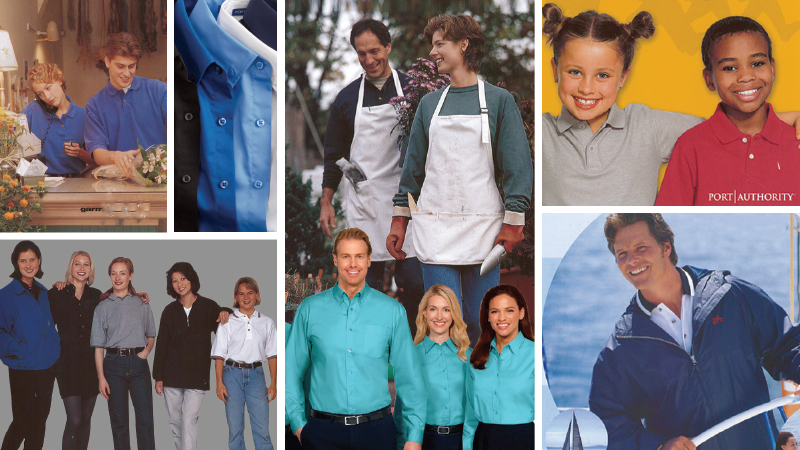Originally, the word “uniform” was a way of describing things that looked the same. It has come to mean much more than that over the ages. People have made and worn uniforms to give teams of all sorts a sense of belonging. They set expectations, instill a sense of trust and create a sense of camaraderie.
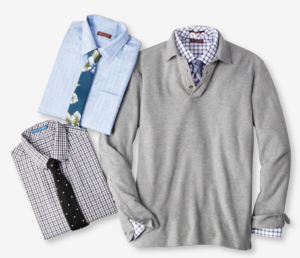 Uniforms give teams of all sorts a sense of belonging, a tangible link to tradition and professional pride. They also set expectations of how others perceive those in uniform. They instill a sense of trust in our perception of nurses and doctors, a sense of camaraderie with those who also wear your school’s colors, and a sense of respect for those who serve your country.
Uniforms give teams of all sorts a sense of belonging, a tangible link to tradition and professional pride. They also set expectations of how others perceive those in uniform. They instill a sense of trust in our perception of nurses and doctors, a sense of camaraderie with those who also wear your school’s colors, and a sense of respect for those who serve your country.
Clothing has been conveying the status, wealth, occupation, religion and social values for thousands of years. From the first shaman’s robes and Roman senators’ togas to Scottish soldiers’ kilts to Rosie the Riveter’s coveralls, clothes, and more specifically uniforms, truly do make the man or woman.
The beginning of the 20th century brought with it drastic changes to the workforce and to how people dressed for work. Rural workers moved to the city to find work, women entered the job market in historic numbers and the working class began to earn more money and enjoy more leisure time.
 In 1900, nearly every working man wore a business suit. The quality of the suit, accessories and styling are what set the laborers apart from the white-collar workers.
In 1900, nearly every working man wore a business suit. The quality of the suit, accessories and styling are what set the laborers apart from the white-collar workers.
As society and styles shifted over the course of two world wars, business uniforming took a turn. Women became part of the workforce and war-time strains on basic supplies like cloth, flipped workwear on its ear. Women learned how to do more with less by turning their daily jacket, blouse and skirt into evening attire (simply by leaving their jacket at home and changing out their accessories.
During the ‘70s officewear became more casual, reflecting the Flower Power generation. All-knit suits in bright colors and flared suit pants became the norm. Also, women bought into color-coordinated collections of separate skirts, blouses and jackets, increasing the options in their wardrobes.
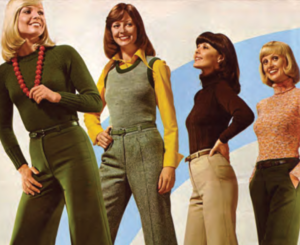 As women began to rise through the ranks of corporate America in the 1980s, their styles began to mimic their male counterparts. Tailored “power suits” with exaggerated padded shoulders, narrow waists and bold patterns commanded attention in the boardroom.
As women began to rise through the ranks of corporate America in the 1980s, their styles began to mimic their male counterparts. Tailored “power suits” with exaggerated padded shoulders, narrow waists and bold patterns commanded attention in the boardroom.
In the 1990s, Casual Friday gained force as a cultural phenomenon in the early 1990s. Jeans and khakis paired with dress shirts and a blazer or cardigan quickly became the norm.
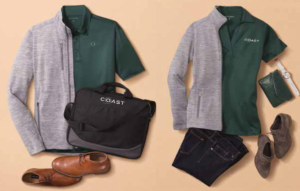 Today, Millennials are setting the pace for office styles today. Casual Friday has become an everyday affair. Ties are disappearing, sneakers are replacing dress shoes and performance fabrics are being integrated into office styles to create versatile looks that can easily transition from day to night.
Today, Millennials are setting the pace for office styles today. Casual Friday has become an everyday affair. Ties are disappearing, sneakers are replacing dress shoes and performance fabrics are being integrated into office styles to create versatile looks that can easily transition from day to night.
Stores, restaurants and other businesses where more traditional uniforms are the norm are also transforming what it means to wear a uniform. Instead of having everyone wear the same style and color of logoed shirt, companies are giving their employees a color palette and style options to choose from. This allows for a cohesive team style that is recognizable and trusted by customers while also giving employees the chance to express their individuality.
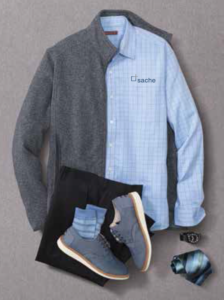 So, don your colorful socks. Wear a patterned button-up shirt with dark jeans. Choose performance fabrics that transition from the workplace to your workout. Evolve your uniforming look in small or big ways to keep up with the changing times.
So, don your colorful socks. Wear a patterned button-up shirt with dark jeans. Choose performance fabrics that transition from the workplace to your workout. Evolve your uniforming look in small or big ways to keep up with the changing times.
For more details, stay tuned for an upcoming blog about current business uniforming trends.
